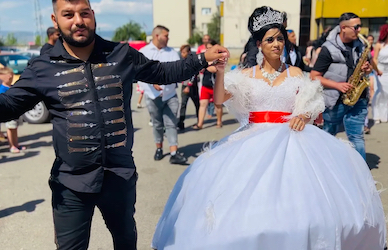
Roma. An Ethnoreligious Group with 10-12 million members, mostly in Europe. Roma are considered an ethnic minority group. They are Europe’s largest ethnic minority, with an estimated population of 10–12 million people, most of whom live in Central and Eastern Europe. The Roma originated in northern India and migrated to Europe over 1,000 years ago. Their cultural heritage includes a rich oral tradition, art forms like flamenco, and the Roma language, Romanës.
Ethnoreligious Group. A grouping of people, usually closed, who are unified by a common religious and ethnic background. The term ethno-religious group, along with ethno-regional and ethno-linguistic groups, is a sub-category of ethnicity and is used as evidence of belief in a common culture and ancestry. In a narrower sense, they refer to groups whose religious and ethnic traditions are historically linked.
Characteristics
The elements that are defined as characteristics of an ethnoreligious group are “social character, historical experience, and theological beliefs.” A closing of the community takes place through a strict endogamy, which is specifically for the community and that distinguishes an ethno-religious community, that is, as distinct from any other group.
Endogamy is the cultural practice of mating within a specific social group, religious denomination, caste, or ethnic group, rejecting any from outside of the group or belief structure as unsuitable for marriage or other close personal relationships.
This tradition often creates ethnoreligious groups such as the Amish (0.5m), Armenian (15m), Assyrians (4m), Balinese Hindus (4m), Copts (10m), Deccan (12m), Druze (1m), Greeks (15m), Jews (15m), Mahar (10m), Maronites (10m), Minangkabau (8m), Sikhs (30m), Tibetans (8m), WASPs (2m), and Yazidis (1m).